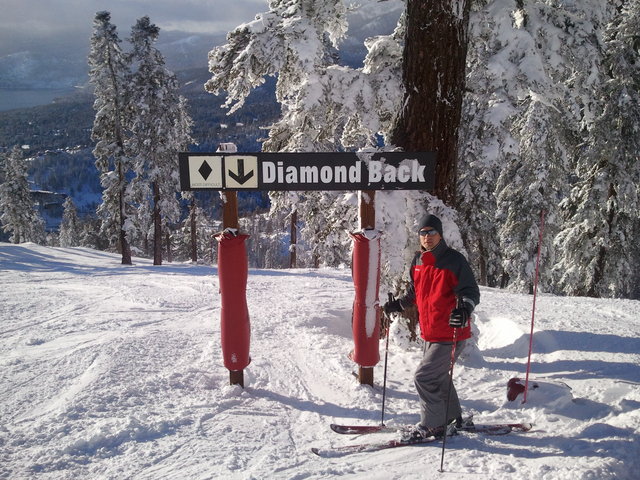Guest post from Urko Esnaola of Tecnalia
Tecnalia and Pukas have cooperated to integrate sensors in a high-performance surfboard to record data of relevant surfing parameters in real operation -- while surfing waves.
The aim of the project is to have information about "what's going on" in a high-performance surfboard while a surfer is riding the board. This will help: (i) surfboard manufacturers: to have valuable information to fabricate optimal performance surfboards; (ii) surfing community: to have very complete information about their surfing technique.
Strain gauges have been included to record the flex and torsion of the surfboard in real operation. One XSens MTi-G integrating gyroscopes, accelerometers, compass and GPS has been incorporated to record data about the surfboard accelerations, speed and movements. Pressure sensors have been installed on the surfboard deck to record data about the surfer's feet position. All the data is recorded in a flash memory stick through an IGEPv2 embedded computer.
After a surf session has been finished, data is transmitted over wifi to a PC. The software system to visualize and process the data has been developed in ROS.
Phase 1 of board construction and electronics performance validation has successfully finished. The exciting Phase 2 has started to do data analysis to find the keys for the mechanical behavior of surfboards and to improve surfer's surfing technique. Professional surfers Aritz Aranburu, Hodei Collazo, Kepa Acero and Mario Azurza have already tested the surfboard. Other professionals like Tiago Pires, Joan Duru, Tim Boal and Eneko Acero are waiting for their chance.
Pukas - Tecnalia Surfsens project from Pukas Surf on Vimeo.
Footage of the visualization software:








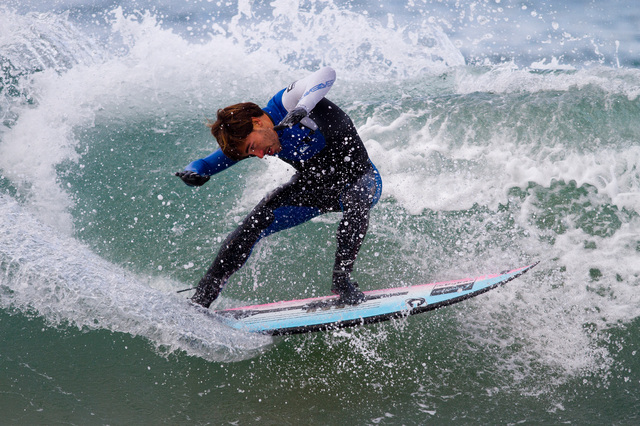
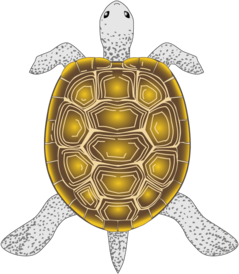 The third candidate of ROS Diamondback is now available! We intend for this to be our final release candidate, so please report any critical issues that you find. We will be focusing on improving source-based install methods between now and the final release.
The third candidate of ROS Diamondback is now available! We intend for this to be our final release candidate, so please report any critical issues that you find. We will be focusing on improving source-based install methods between now and the final release.
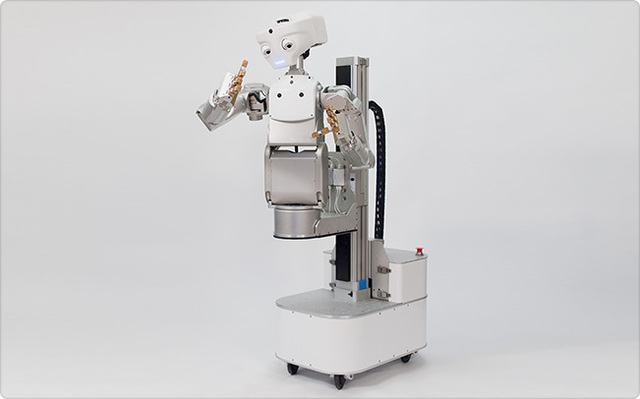
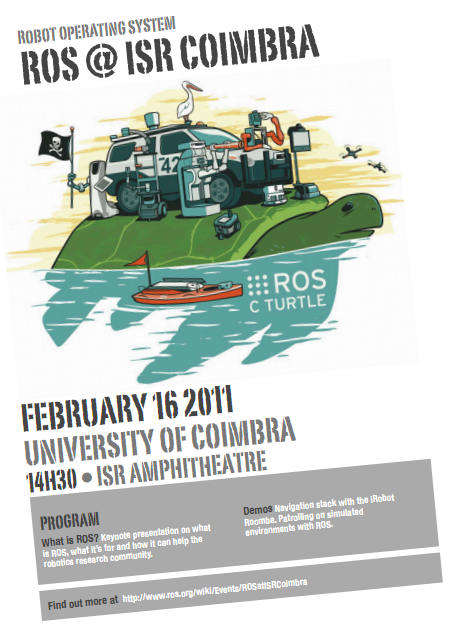
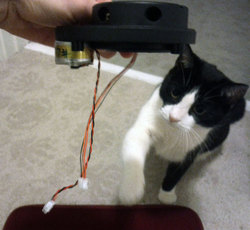
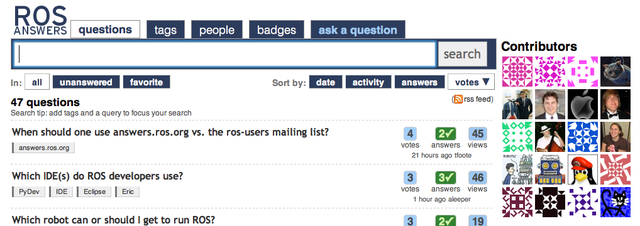
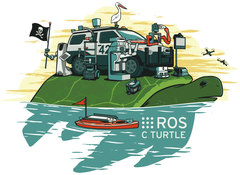 A new C Turtle update has been released. This is a minor update mainly to provide compatibility with Diamondback.
A new C Turtle update has been released. This is a minor update mainly to provide compatibility with Diamondback. We were absolutely thrilled with eighteen entries to the
We were absolutely thrilled with eighteen entries to the 